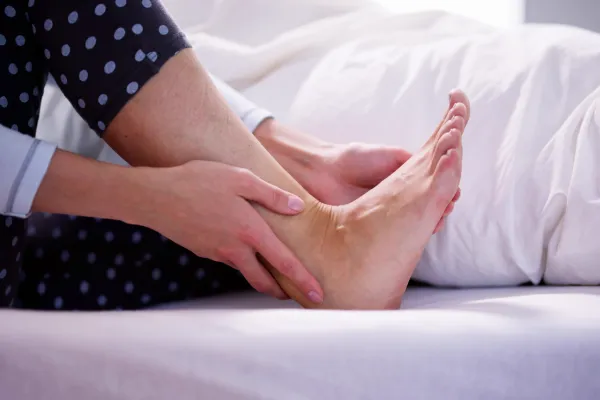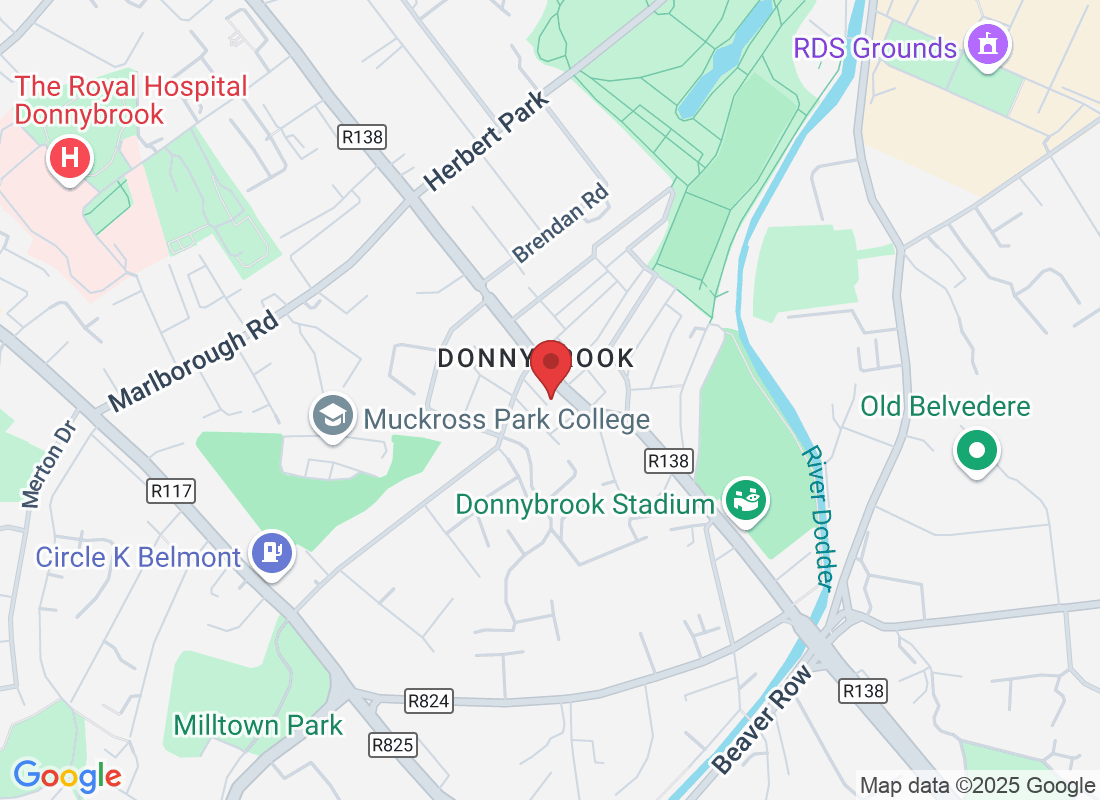
Achilles Tendon Pain? Don’t Wait Until It Snaps
If you’ve ever felt a sharp tug at the back of your ankle after a walk, run, or game of five-a-side, you’re not alone. Achilles tendon pain is a common complaint, especially in active adults — but ignoring it can lead to serious problems. In this post, we’ll explain what causes Achilles pain, why early treatment matters, and how a podiatrist can help get you back on your feet safely.
What Is the Achilles Tendon and Why Does It Hurt?
The Achilles tendon is the thick band that connects your calf muscles to your heel. It plays a vital role in walking, running, and pushing off the ground. When it’s overused or under strain, small tears can develop — leading to inflammation, stiffness, and pain.
Many people describe it as a dull ache or burning sensation just above the heel, especially in the morning or after exercise. Sometimes, there’s swelling or a “crunchy” feeling when the area is touched. Left untreated, that irritated tendon can become weak — and eventually rupture, which is a much more serious injury requiring surgery and long recovery time.
Causes of Achilles Tendon Pain
Achilles tendon pain can develop for several reasons, such as:
Sudden increase in activity (like going from couch to 5K)
Poor footwear that lacks heel support
Tight calf muscles or limited ankle mobility
Flat feet or foot misalignment that adds extra strain
Age-related wear and tear, especially in people over 40
Even those who aren’t particularly athletic can experience tendon pain from walking long distances or standing for extended periods.
Why Early Treatment Is Essential
It’s easy to brush off a bit of heel or tendon pain — but the longer you wait, the more damage builds up. Early treatment can:
Prevent progression to a partial or full tendon tear
Improve strength and flexibility
Get you moving again without limping or discomfort
Avoid the need for surgery or prolonged rest
If you’re based in north Dublin, a visit to a podiatrist in Dublin 9 can make all the difference in getting a correct diagnosis and tailored treatment plan.
What Treatment Looks Like
Treatment for Achilles tendon pain will depend on the cause and severity, but it typically includes:
Rest and activity modification — avoiding high-impact movements
Stretching and strengthening exercises to support healing
Footwear advice or orthotics to improve foot mechanics
Hands-on therapies like massage or ultrasound
Referral if needed for imaging or further medical support
At Mary Moore Podiatry, we take a full-body approach to foot and ankle pain, making sure we address both the symptoms and the underlying cause. This might mean working on your foot alignment, calf flexibility, or your day-to-day footwear choices.
Don’t Wait for a Snap — Know the Signs
A ruptured Achilles tendon often feels like being kicked in the back of the leg, with immediate sharp pain and difficulty walking. But in many cases, there are warning signs long before that happens. These include:
Morning stiffness in the ankle
Pain after climbing stairs or hills
Tenderness when pressing on the tendon
A thickened or swollen area just above the heel
Catching these early symptoms is key to avoiding serious injury.
When to See a Podiatrist
If you’ve had more than a few days of discomfort in your heel or tendon area, it’s time to get it checked. At our foot clinic in Dublin 9, we regularly help people recover from tendon pain and prevent future flare-ups.
Whether you're an occasional jogger or someone who’s on their feet all day at work, don’t ignore Achilles discomfort. With the right treatment, most people recover well and avoid further problems.




